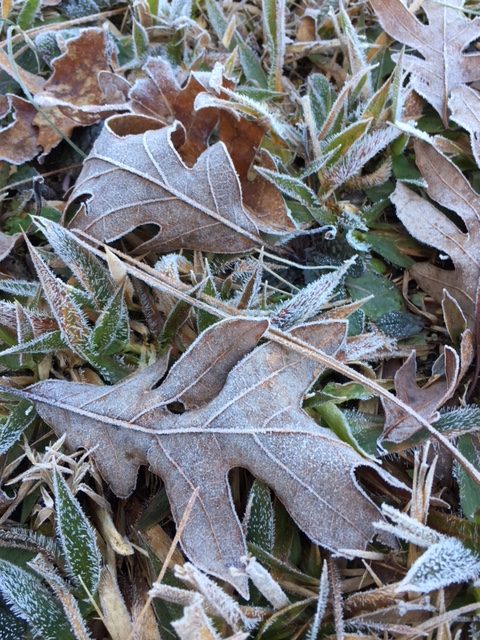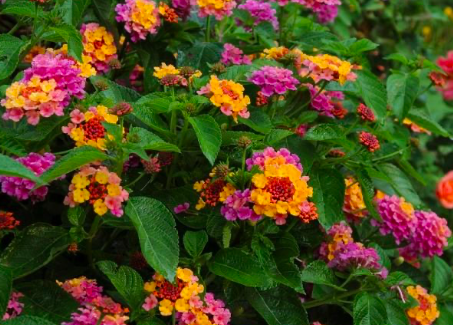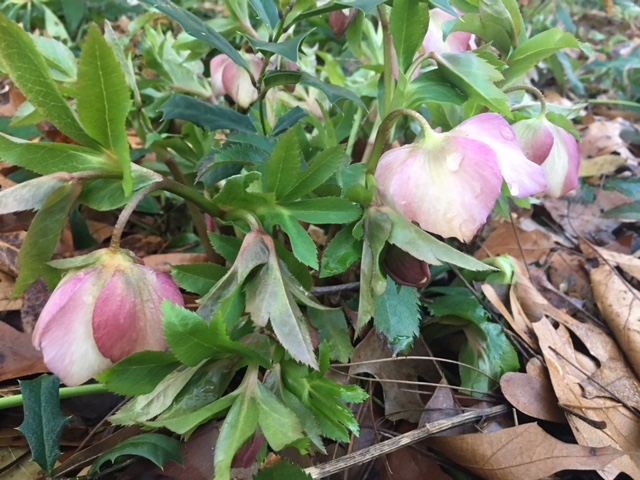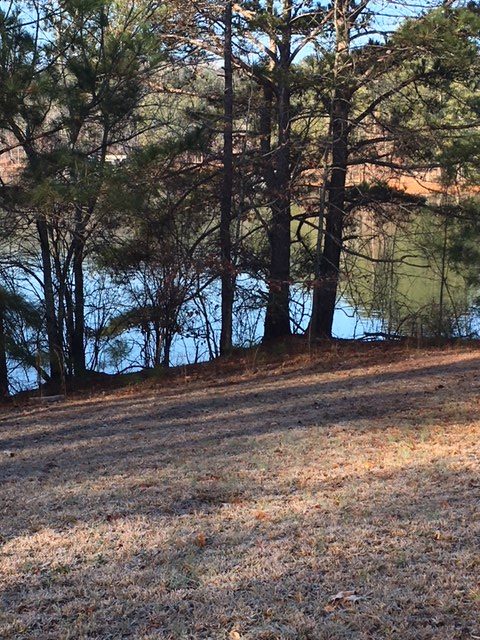We had a hard frost last night and the world turned icy and sparkly. It may not have been as exciting as a heavy blanket of snow, but hey, we live in the South, we take what we can get.

As gardeners, we often use the terms “frost” and “freeze” interchangeably but of course they mean two different things. Frost is where water vapor freezes on a solid surface and freeze is simply when the temperature drops below that magical 32 degree mark. The USDA has divided the country into different growing regions based on the first average frost date but more accurately, it would be the first average freeze date.
Not all plant are affected the same way by freezing temperatures. Much of it depends on their point of origin. Plants that are native to warm tropical regions, where there is no need to guard agains cold temperatures, will die back after only a few hours of below freezing temperatures. Many of the plants that we consider “annuals”, such as lantana and vinca, are actually cold sensitive perennials that will only grow, bloom and survive during the warm months.

Freezing temperatures often kill herbaceous plants because the cells within the plant actually turn to ice and either slit open the surface of the cell or block the flow of water (sort of like a blood clot in a human). In any case, a freeze prevents the flow of water and the leaves wilt and then die.

Plants that are native to the region in which you live and garden are much better adapted to your particular weather and climatic conditions. If really cold temperatures are part of your basic weather pattern, the plants have evolved to survive. All of which is a compelling reason to plant and grown native plants!
Trees and shrubs, unless particularly cold sensitive, are generally unaffected by freezing temperatures because they have already dropped leaves and become dormant by the time a freeze occurs or they are evergreens, adapted to varying temperatures.

I’m always sorry when the first killing freeze happens because it is the immediate end to the warm weather garden. Overnight, things turn black and die back. But then, there are, as always, certain lessons to be learned from nature. No living thing is programmed to be “on” all the time. All of us, whether we’re a pansy or a person, need a time of rest, a time to go dormant and let the world wash over us.
This year, of all years, we need this dormancy. It is, perhaps, our time to be still and quiet as we wait at home for everyone to be vaccinated and for the end of the epidemic, as we wait for Joe Biden to finally fully occupy the White House, as we quietly wait for spring when we will emerge fresh, energized and ready to grow again.
